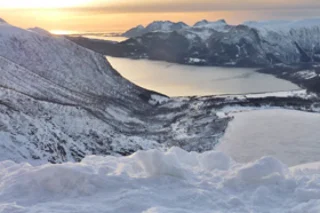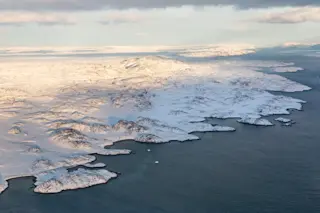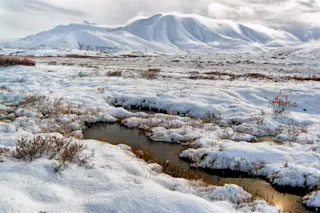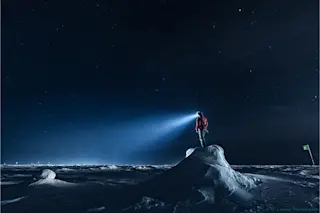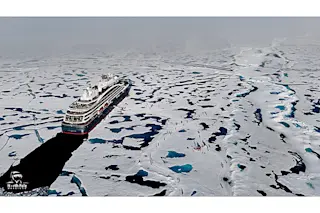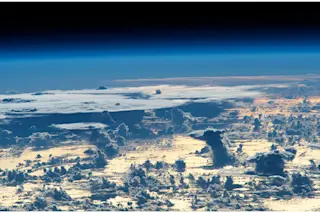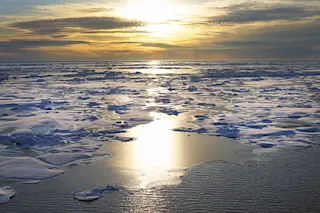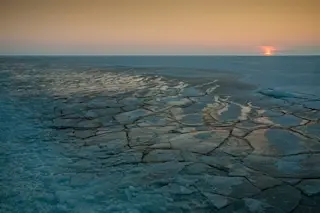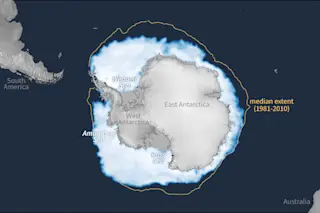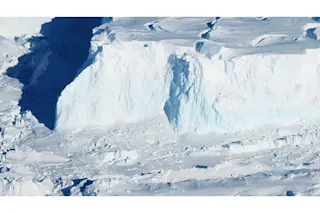Glaciologist Miriam Jackson makes a long, scenic commute to her Norwegian lab. After an hour-and-a-half flight from Oslo to Bodø, she drives two and a half hours to a fjord, hitches a ferry ride across it, and hikes nearly five hours up a snow-covered mountain. Finally, she opens a door on the side of a rocky outcrop and enters the Svartisen Subglacial Laboratory, a research center buried under 650 feet of ice.
The laboratory, carved out of the rock itself, hosts a range of research analyzing the overlying Engabreen glacier. Some researchers there monitor the glacier’s health; it has been shrinking steadily since 1999. Others study extreme life-forms. David Cullen, a biotechnologist from Cranfield University in England, recently tested sensors designed to identify microbes embedded in the ice by searching for cell-wall molecules and small snippets of DNA. His devices have turned up bacteria, fungi, and microorganisms known as archaea ...


